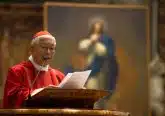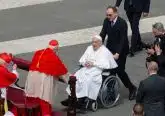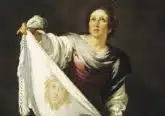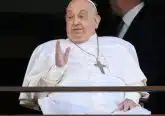Summorum Pontificum pilgrimage draws Traditional Latin Mass devotees to Rome
Vatican City, Nov 1, 2023 / 17:50 pm
More than 1,000 pilgrims gathered in Rome for an annual three-day pilgrimage for those devoted to the Traditional Latin Mass held Oct. 27–29.
The Summorum Pontificum pilgrimage takes its name from Pope Benedict XVI’s 2007 apostolic letter Summorum Pontficum, which granted near universal permission for any priest of the Latin rite to celebrate the Mass and the other sacraments according to the 1962 Roman Missal.
In an explanatory note to the motu proprio, Pope Benedict wrote: “There is no contradiction between the two editions of the Roman Missal. In the history of the liturgy there is growth and progress, but no rupture. What earlier generations held as sacred remains sacred and great for us, too, and it cannot be all of a sudden entirely forbidden or even considered harmful.”
Summorum Pontificum was, however, abrogated on July 16, 2021, when Pope Francis issued the motu proprio Traditionis Custodes, which imposed severe restrictions on the celebration of the Mass. The document reversed key points of Summorum Pontificum, affirming instead that it was the right of the diocesan bishop to grant permission to individual priests for the celebration of the Tridentine Mass.
Earlier this year, the Chartres pilgrimage — another pilgrimage orientated toward the celebration of the Traditional Latin Mass — recorded its highest-ever turnout, with event organizers having to turn people away due to the influx of registrations. Over 16,000 predominantly young Catholics marched 86 miles from Paris to Chartres over three days.
For this year’s Summorum Pontificum pilgrimage there was one major change to the program. This was the first time since the pilgrimage began that the pilgrims were denied permission to celebrate the Traditional Latin Mass inside St. Peter’s Basilica on Saturday. This decision was issued by Cardinal Mauro Gambetti, archpriest of St. Peter’s Basilica, who in 2021 imposed a strict limitation on the celebration of private Tridentine Masses as well a severe curtailment of the use of Latin in other liturgies.
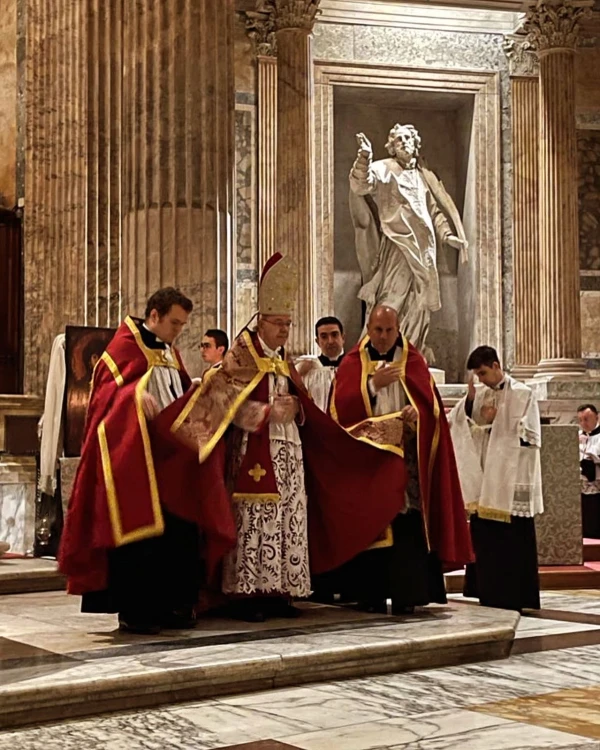
The pilgrimage opened on Friday with a pontifical vespers service presided over by Bishop Athanasius Schneider, auxiliary bishop of Astana, Kazakhstan, at the Basilica of St. Mary and the Martyrs (Pantheon) in Rome.
During the service, Schneider was joined by priests from the Institute of the Good Shepherd, the Priestly Fraternity of St. Peter (FSSP), the Institute of Christ the King Sovereign Priest, and an array of diocesean priests and religious.
On Saturday morning, pilgrims started their day with Eucharistic adoration at the Basilica of Sts. Celso and Giuliano, from where they processed into the streets of Rome, across Ponte Sant’Angelo, making their way along Via della Conciliazione.
This was a moment of deep prayer and reflection as well as a moment of gratitude to those present to join in their common love of the old liturgy. This sight of popular devotion caught the attention of many onlooking tourists who curiously recorded videos and snapped photos of the procession.
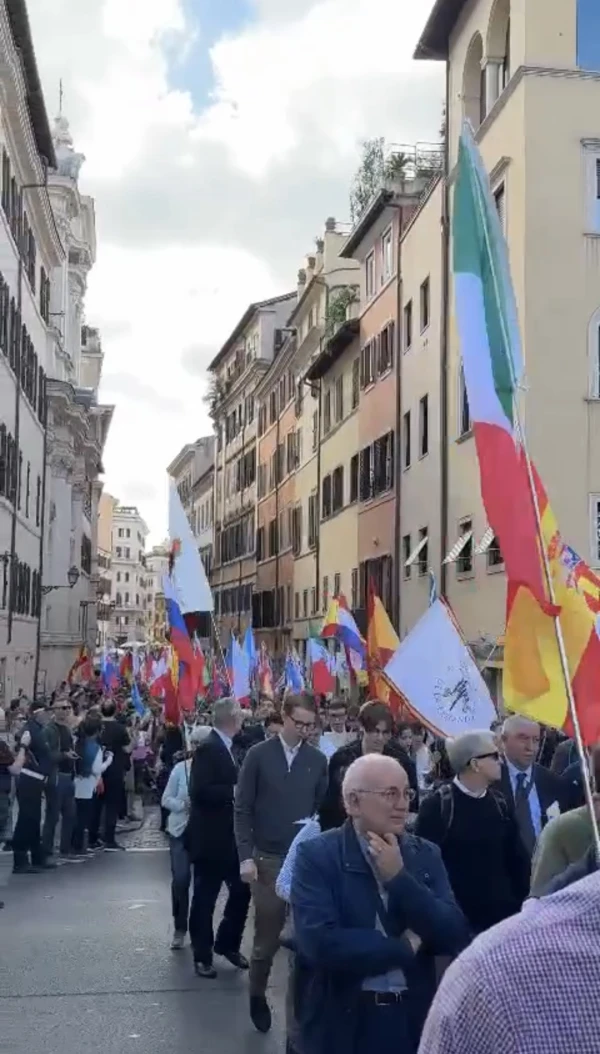
It also reflected the intentional character of the event. As the chain of pilgrims processed along Via della Conciliazione, they held banners and waved flags from well over 20 countries including Finland, Japan, Australia, Spain, and Germany — with the United States, France, Germany, and Brazil having the largest representation. As they processed toward St. Peter’s Basilica, pilgrims sang traditional hymns and prayed the Litany of the Saints.
The procession entered St. Peter’s Basilica and concluded with prayers and adoration at the foot of the altar of the Chair of St. Peter.
On Sunday — the feast of Christ the King according to the 1962 missal — the pilgrimage closed with a pontifical high Mass celebrated by Italian Archbishop Guido Pozzo, secretary emeritus of the Congregation for the Doctrine of the Faith, at the FSSP’s parish of Santissima Trinità dei Pellegrini.
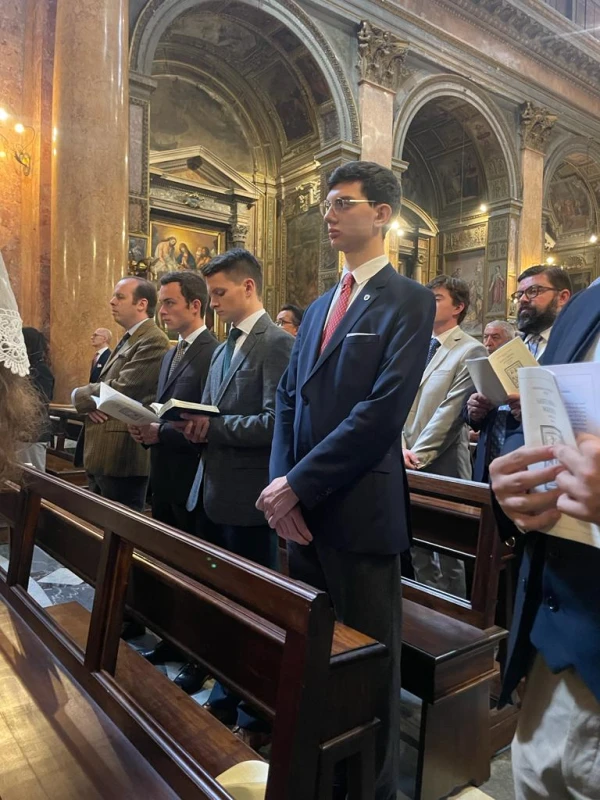
The 16th-century baroque church was overflowing with faithful, many arriving well over an hour before the Mass started to secure a seat. The liturgy was set to Palestrina’s arrangement for the Mass “Tu es Petrus,” or “You are Peter,” which comes from Matthew 16:18: “And I say also unto thee, that thou art Peter, and upon this rock I will build my church; and the gates of hell shall not prevail against it.”










